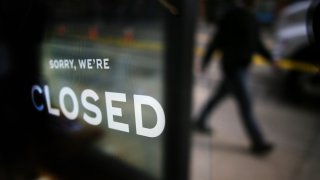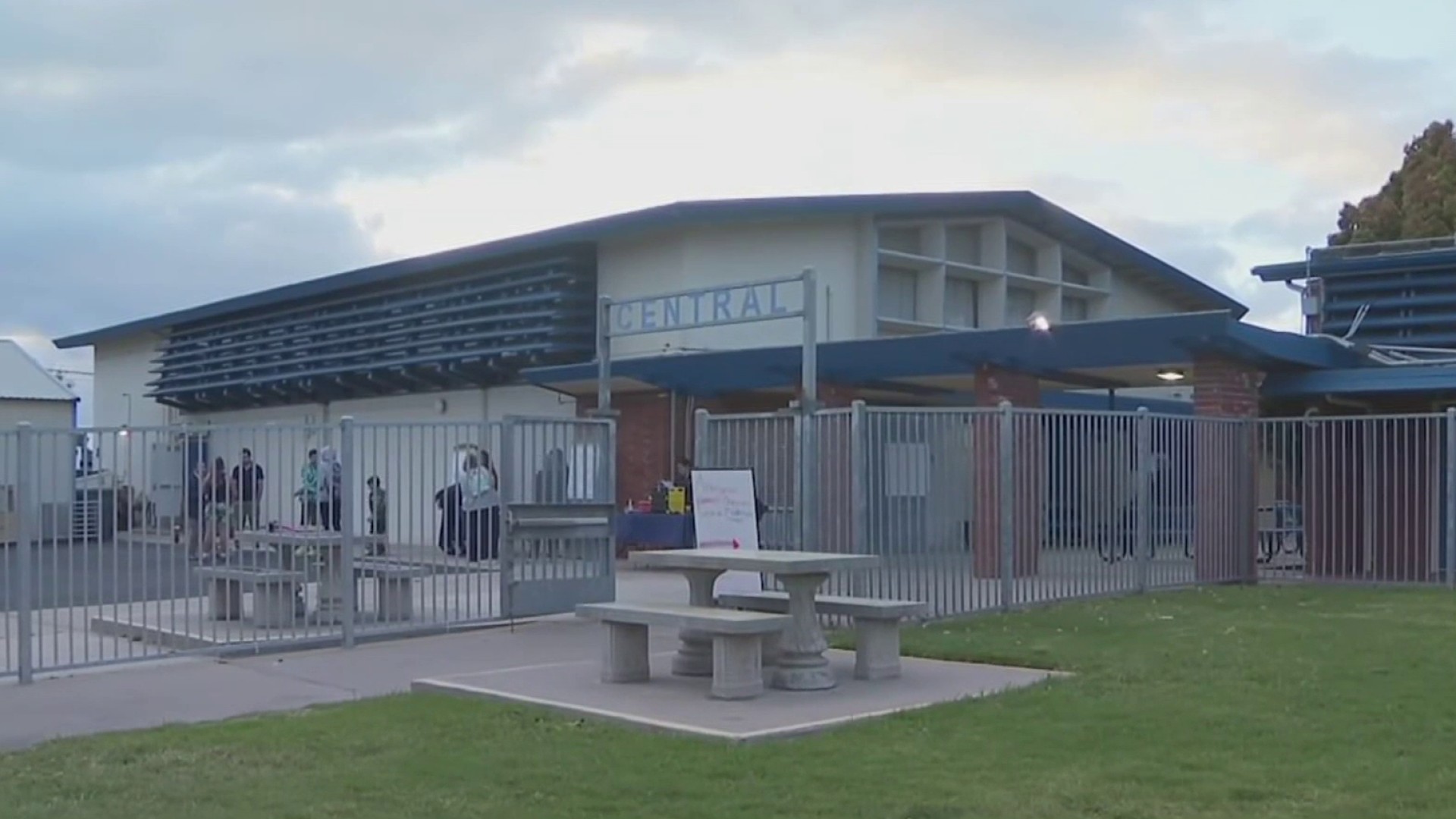
The San Diego region's estimated unemployment rate has risen to nearly 25% and it will get worse as the coronavirus pandemic drags on, according to a San Diego Association of Governments (SANDAG) report.
SANDAG's latest data accounts for the period between April 11-18, where unemployment numbers increased from 20.6% to 24.7%. The numbers "are expected to continue to rise for the next few weeks,'' the report's authors said.
On March 7, the unemployment rate in the county was 3.4%. Ray Major, SANDAG's chief economist, said the numbers are unprecedented.
"Nothing like this has ever happened in San Diego,'' he told City News Service. "We have long since passed the high of 11.1% unemployment of the Great Recession and we are rivaling numbers in the Great Depression.''
Major said unemployment figures for San Diego in 1934 were spotty, but noted that the nation saw rates of 25% and higher in some regions during the depression. He said he anticipated the local figures to pass those historic unemployment rates next week or the week after.
According to the SANDAG analysis, the San Diego region now has 430,000 people out of work, more than 360,000 of whom lost employment after March 7, which public health officials have pinpointed as the date the health crisis began locally.
Major said it looks bleak, but there is one advantage the current climate holds over that of the 1930s.
Local
"The difference is there are jobs, people just can't go to work right now,'' he said. "This is a man-made closure. We are just waiting for medical officials to tell us when we can get back to work. If hairdressers and barbers open tomorrow, they could be busy for the next two months, but we have to make sure we open up safely.''
The news is bad all over, but a few ZIP codes are seeing a larger impact. Logan Heights leads the county in unemployment, with 34.8% of residents out of work.
National City, the College area and San Ysidro all have more than 30% unemployment and Golden Hill and City Heights each have more than 29% unemployed.
"These all have a combined total of 50,000 unemployed residents -- nearly as many unemployed residents the entire county of San Diego had just six weeks ago,'' the report states.
Major said he doesn't foresee the tourism industry coming back to pre-pandemic levels for another 18 months to two years, and with the county employing 337,000 in jobs considered "high-touch,'' industries like health care and restaurants may see lasting ramifications, as well.
The industries most severely impacted by COVID-19 and various stay-at-home and social distancing orders associated with the pandemic include ones in which close contact is required, such as hotel, restaurant, personal care, transportation and entertainment jobs.
ZIP codes with a higher percentage of office workers who can work from home are less severely impacted by unemployment. Those areas include West Rancho Bernardo, Eastlake, Carmel Valley, Del Mar and Scripps Ranch -- all of which have less than 20% unemployment.
Major had some words of encouragement for people dealing with the economic repercussions of the health crisis.
"This will come to an end,'' he said. "And when it does, I anticipate the unemployment rate to drop very rapidly.''



